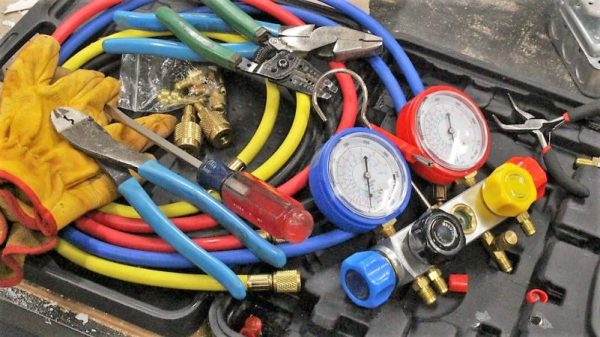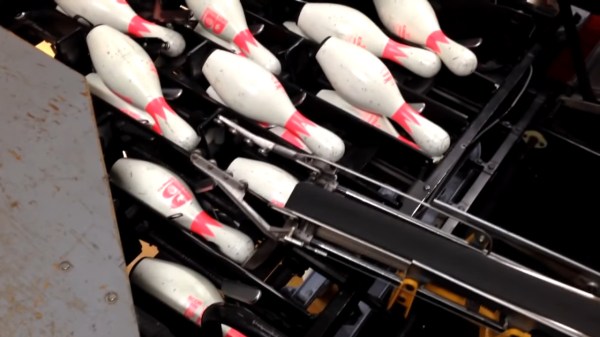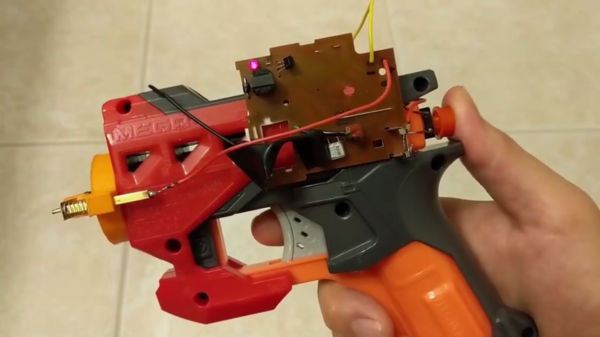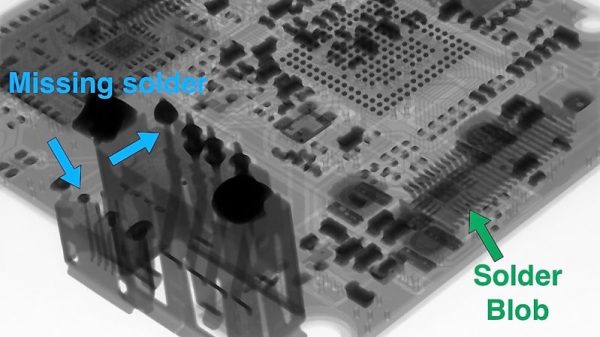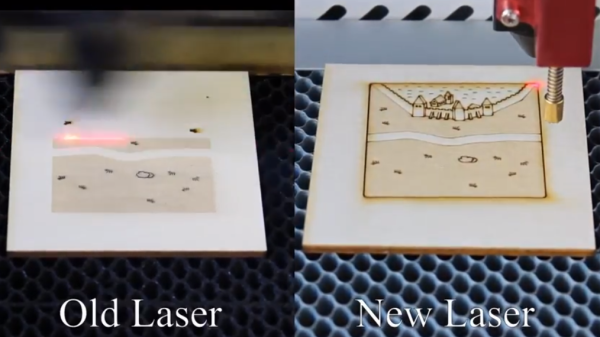There’s a fine line between a successful DIY project and one that ends in heartbreak. It’s subjective too; aside from projects that end up with fire trucks or ambulances in the driveway, what one DIYer would consider a disaster might be considered a great learning opportunity to someone else.
We’re pretty sure [Cressel] looks at his recent DIY mini-split AC installation for his shop as a series of teachable moments. Most folks leave HVAC work to the pros, but when you run a popular YouTube channel where you make your own lathe from scratch, you might be persuaded to give anything a go. [Cressel] did everything possible to do this job like a pro, going so far as to get training in the safe handling of refrigerants and an EPA certification so he knew how to charge the system correctly. He also sunk quite a bit of money into tools; between the manifold gauge set, vacuum pump, and various plumbing bits, that was a hefty $300 bite alone.
The install went well until he started charging the refrigerant, when a mistake with a fitting caused him to contaminate his nice, new batch of R-410A. Rather than back out and call a pro to finish up, [Cressel] stuck with it, to the tune of $900 in extra tools and materials needed to recover the old refrigerant safely and replace it with virgin R-410A. The video below has a condensed version of the whole tale.
It all worked out in the end, but at a cost that probably meets or exceeds what an HVAC contractor would have charged. [Cressel] seems like a glass-half-full kind of guy, though, so we expect he’s happy to have learned something new, and to have a bunch of neat new tools to boot.
Continue reading “Down The DIY Rabbit Hole With A Shop AC Installation”

